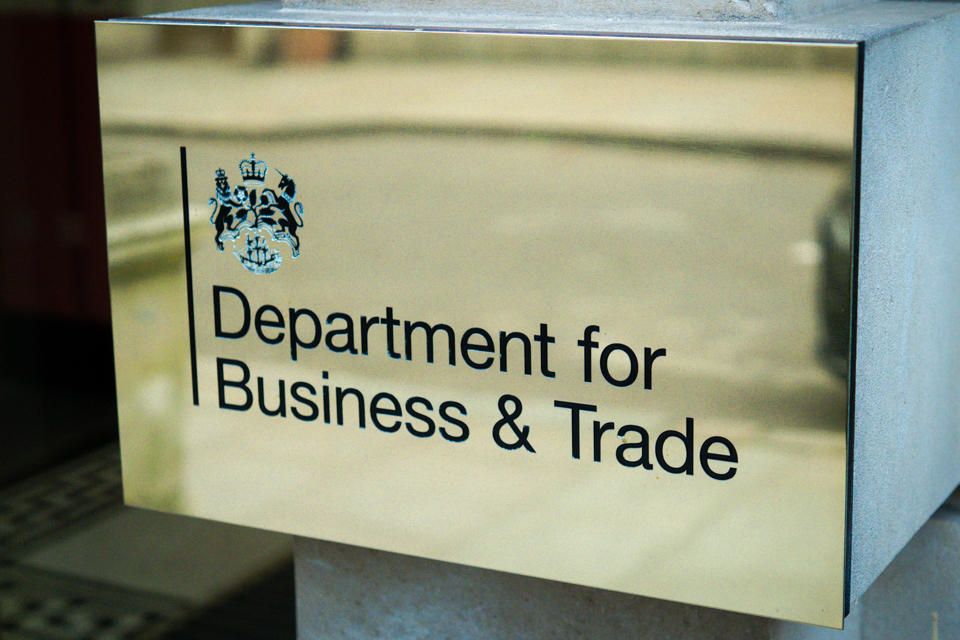The spectre of Liz Truss will hang over this Parliament

Those pesky statisticians point out that Labour now boasts no less than 63pc of all MPs in the new Parliament, having won little more than a third of votes cast. And while the Liberal Democrats have surged to 71 seats, 11pc of the new Parliament, on around 10pc of the vote, Reform grabbed 14pc of the national vote share, but got just four seats.
That’s because the Lib Dems, seasoned campaigners that they are, focus on winning votes in carefully-targeted constituencies, while Farage’s upstart party received widespread support, coming second in many other constituencies. The Lib Dems now control almost 18 times more Commons seats than a party that easily beat them in terms of electoral support – by around 650,000 votes.
Starmer has floated the idea of lowering the vote age from 18 to 16 – a move that is likely to prove hugely controversial. But the highly “unrepresentative” nature of this Parliament means that, if constitutional upheaval is anyway afoot, there will be huge pressure – not least from Farage – for a move away from the vagaries of first-past-the-post and towards a more proportionate system.
Labour’s vote share on Thursday, after all, was just 4 percentage points higher than the party achieved in the 2019 general election. Yet instead of being on the receiving end of a Tory majority of 80 under Boris Johnson, Starmer now has a majority twice the size of that controlled by the former Conservative prime minister.
First-past-the-post has many advantages – not least the link it ensures between MPs and their constituents. But the statistical fine print can’t be denied – the UK’s electoral system is fraying at the edges.
The political narrative that Labour is all-conquering will also quickly give way to the statistical realities of economics. In 1997, Blair enjoyed what outgoing Tory chancellor Ken Clarke called a “golden inheritance”. The economy was indeed set to motor, with quarterly growth at an eight-month high and the national debt at just 36pc of GDP.
The UK today, in contrast, is sluggish. While the economy expanded at 0.7pc during the three months to March, faster than most other large Western economies, the annual growth rates during Blair’s first term – often exceeding 3-4pc – are unthinkable in the current climate.
On top of that, Britain’s national debt soared from £1.8 trillion when lockdown began in March 2020 to £2.7 trillion, with debt now at its highest level as a share of GDP since the 1960s.
The Government spent £102bn servicing our massive debt pile last year, almost twice the annual defence budget. In May the UK borrowed another £15bn, while paying £8bn in yet more debt interest.
Our national debt is now around 100pc of GDP and the tax burden is already at a 70-year high. Labour’s ability to raise serious money both by borrowing more and/or raising taxes even further is likely to prove difficult – not in terms of getting any relevant legislation through Parliament, of course, but in terms of practical commercial and economic realities.
If any of Labour’s new MPs don’t get that, then they soon will when faced with the immutable laws of mathematics and finance.
To make the public finances add up, Labour desperately needs growth, spreading higher debt and spending across a bigger economy. The spectre of Liz Truss will loom large over this Parliament, even though the former Tory prime minister last week spectacularly lost her seat.
Related
Why investing in women is a vital next step for…
Get Nadine White's Race Report newsletter for a fresh perspective on the week's newsGet our free newsletter from The Independent's Race CorrespondentGet our fre
Business secretary signals major shift on electric car policy to…
In a determined effort to retain Nissan’s manufacturing presence in Britain, Business Secretary Jonathan Reynolds has vowed to implement “substantial c
Joint Statement: Business Secretary and Fujitsu Services Ltd
Business and Trade Secretary Jonathan Reynolds today (Friday 7 March) met chiefs for Fujitsu in Tokyo to begin talks over the cost of redress for victims of th
UK foreign secretary backs multilateral defence funding for Europe
UK foreign secretary David Lammy has said that a new multilateral fund will be needed to secure Europe’s defence as he confirmed that Britain is “open to”













